1.5″ Tooth Globidens Mosasaur fossil teeth Dinosaur Khouribga Morocco
$ 22,00
SPECIESI gdamanosaurus aegyptiacus
AGE Late Cretaceous – Maastrichtian
LOCATION wlad Abdoun Basin khouribga Morocco
FORMATION Phosphate ocp
SIZE 1.5 inch
Name: Globidens (Globe teeth).
Phonetic: Glo-bih-denz.
Named By: Gilmore - 1912.
Classification: Chordata, Reptilia, Squamata, Scleroglossa, Mosasauridae, Mosasaurinae, Globidensini.
Species: G. alabamaensis (type), G. dakotensis, G. phosphaticus, G. schurmanni, G. simplex.
Diet: Carnivore.
Size: 6 meters long.
Known locations: USA. Africa.
Time period: Campanian to Maastrichtian of the Cretaceous.
Fossil representation: Many specimens.
Although Globidens was not the only mosasaur to adapt to a diet of almost exclusively hard shelled animals, it does display perhaps the most specialised teeth. Rather than the sharp conical teeth seen in other mosasaurs such as Tylosaurus and Taniwhasaurus, Globidens had rounded teeth that had a ‘globe shaped’ upper portion of the crown that sat upon a slightly narrower base. An important aspect of the teeth being semispherical rather than conical is that they were much more resilient to impact damage such as chips and cracks. This meant that every time the jaw was moved up and down, each tooth would strike the shell of the prey animal like a ball hammer, cracking up the shell so that Globidens could get at the soft flesh within.
4 reviews for 1.5″ Tooth Globidens Mosasaur fossil teeth Dinosaur Khouribga Morocco
Only logged in customers who have purchased this product may leave a review.
Related products
Prognathodon Anceps
1.5″ great Mosasaur Prognathodon sp Rare fossil Morocco natural teeth
Prognathodon Anceps
2.8 ” Huge Mosasaur Prognathodon sp Tooth rare fossill Sidi chennan Morocco
Prognathodon Anceps
1.5″ Great Mosasaur prognathodon anceps Tooth rare Fossil Reptile Morocco















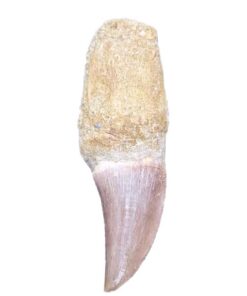
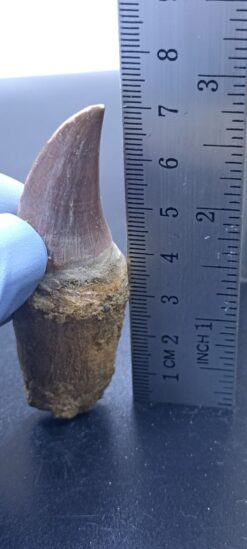


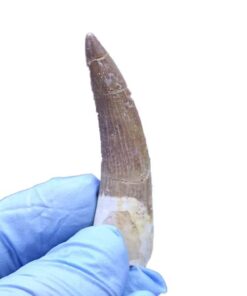
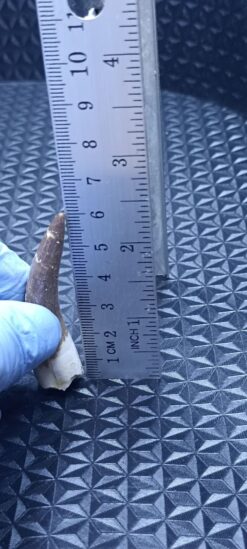
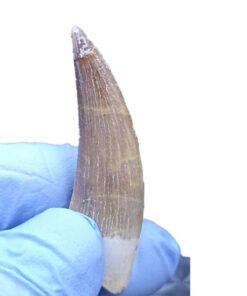
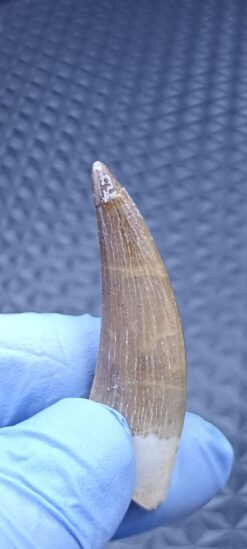





Jaxon (verified owner) –
A simple and direct experience. I bought my friend a Megalodon tooth as a wedding gift, it was shipped to the opposite side of the country in 3 days. I recommend FossilEra.com to anyone who wants a beautiful high quality fossil to expand their collection.
William (verified owner) –
Thay are great love them all
Julian (verified owner) –
all good thanks
Delilah (verified owner) –
Beautiful specimen! Exceeded expectations! Thank you! My son is very excited to show it off